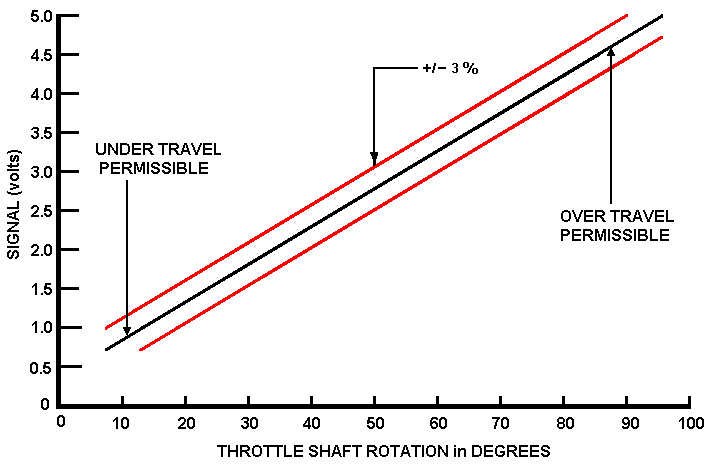@CzyRanger hit me up in a private message with a video about his new idle problems. I posted this reply to him in the PM. I'm just posting it here to keep it all in one thread. Hopefully he'll post the full question and video here.
If anyone sees anything wrong with the advice I've given then please speak up and I'll edit it.
Not sure where to start here really. I'd start by unhooking the battery for a while. It will reset the ECM and let it re-learn it's idle strategy.
Unhooking 90% of your vacuum hoses will cause the idle to change. The one to the fuel vapor canister won't change the idle unless the fuel vapor recirculating valve is opened up to let the engine burn off the vapors in the canister. I believe the ECM only opens it up during part-throttle cruising to increase fuel mileage and to reduce fuel vapor emissions.
You could start by checking your TPS sensor voltage with key on and engine off. If it's reading too high with the throttle closed, then someone may have threaded the throttle body butterfly screw (commonly called the idle screw but it's not really) in too far trying to correct some previous issue. If you open the throttle, the TPS voltage should rise and fall smoothly. If it doesn't then it's probably defective. You can check the voltage by probing the appropriate wires with sewing needles and putting your voltmeter on them.
Is your SPOUT connector plugged in? If the SPOUT is unplugged, the ECM isn't controlling the distributor timing, so the idle may be increased. You unplug the SPOUT to set the distributor timing, and then you plug it back in.
It does sound like it has a miss in the engine. You might try wearing a good rubber glove and unplugging one spark plug wire at a time until you finally pull one and nothing changes. That would be your cylinder that's missing.
Also, have you set your distributor timing with the SPOUT unplugged and using a good timing light?















